Introduction
Chinese toon, scientifically known as Toona sinensis, is a tree native to China and widely cultivated throughout East Asia for its edible leaves. Commonly referred to as “xiangchun” in Mandarin, these leaves are prized for their unique aroma and delicate flavor, making them a staple in traditional Chinese cuisine. Steaming is one of the most popular methods to cook xiangchun leaves, as it preserves their natural flavors and nutrients while adding a subtle, earthy sweetness. In this culinary guide, we will delve into the step-by-step process of how to steam Chinese toon leaves, exploring the preparation, cooking techniques, and tips for achieving the perfect dish.
Understanding Chinese Toon Leaves
Before diving into the steaming process, it’s essential to understand the characteristics of Chinese toon leaves. These leaves are dark green, with a slightly glossy appearance and a distinctive fragrance that is both pungent and slightly sweet. They are rich in vitamins, minerals, and antioxidants, making them a nutritious addition to any meal. When selecting xiangchun leaves for steaming, look for fresh, tender leaves with no signs of wilting or discoloration. The younger leaves tend to be more tender and have a stronger aroma, making them ideal for steaming.
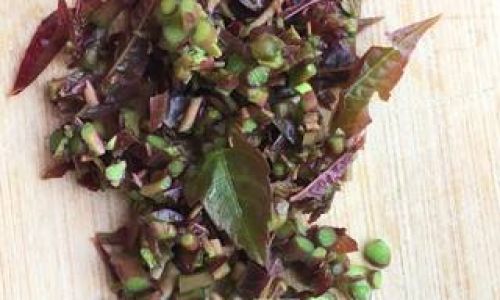
Preparation Before Steaming
-
Harvesting the Leaves
- If you have a Chinese toon tree in your garden, the best time to harvest leaves is early in the morning, when they are at their freshest. Use a sharp pair of scissors or pruning shears to cut the leaves just above a node on the stem. This encourages new growth and keeps the tree healthy.
- If purchasing xiangchun leaves from a market, ensure they are fresh and have been stored properly. Avoid leaves that look dried out or have yellowed edges.
-
Cleaning the Leaves
- Rinse the harvested leaves thoroughly under cold running water to remove any dirt, debris, or insects. Be gentle to avoid tearing the leaves.
- Pat the leaves dry using a clean kitchen towel or paper towels. Excess water can affect the steaming process and dilute the flavor.
-
Trimming and Sorting
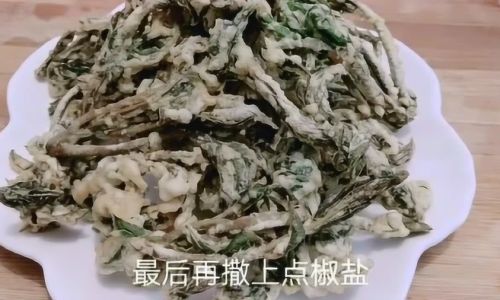
- Remove any tough stems or damaged parts of the leaves. Sorting through the leaves ensures that only the best quality goes into your dish.
- You can keep the leaves whole for a rustic presentation or tear them into smaller pieces for a more refined look.
The Steaming Process
-
Preparing the Steamer
- A traditional bamboo steamer is ideal for steaming Chinese toon leaves, as it retains heat well and adds a subtle, authentic flavor. However, a metal steamer or even a steaming rack placed inside a pot with boiling water can also be used.
- Fill the bottom of the steamer or pot with enough water to reach just below the level of the steaming basket. Bring the water to a rolling boil before adding the leaves.
-
Arranging the Leaves
- Lay the cleaned and dried xiangchun leaves in a single layer on the steaming basket. Avoid overcrowding, as this can prevent even steaming.
- If steaming a large quantity, you may need to steam the leaves in batches.
-
Steaming Time
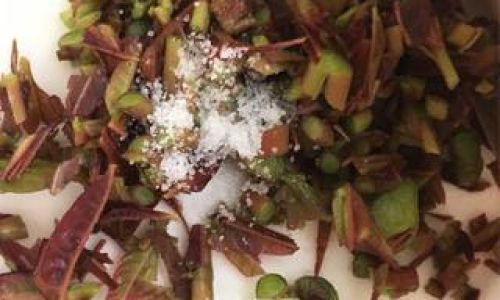
- The steaming time for Chinese toon leaves is crucial. Overcooking can result in mushy, flavorless leaves, while undercooking may leave them tough and bitter.
- As a general guideline, steam the leaves for about 3-5 minutes. Start checking at the 3-minute mark, as the exact time may vary depending on the thickness and freshness of the leaves.
- The leaves should be vibrant green and slightly wilted but still retain their shape and texture.
-
Testing for Doneness
- Carefully remove a leaf or two from the steamer and let them cool slightly. Taste-test to ensure they are tender and have a pleasant aroma.
- If the leaves are still too tough or have a strong bitter flavor, return them to the steamer for an additional minute or two.
Serving and Seasoning
-
Removing from the Steamer
- Once the leaves are perfectly steamed, carefully remove the steaming basket from the pot. Avoid letting the condensed steam drip back onto the leaves, as this can affect their flavor.
- Transfer the steamed leaves to a serving dish lined with paper towels to absorb any excess moisture.
-
Seasoning and Garnishing
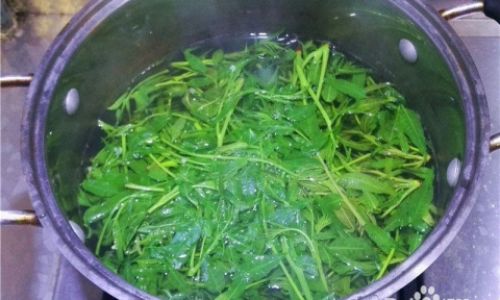
- Chinese toon leaves are versatile and can be seasoned in various ways to suit different tastes.
- A simple drizzle of light soy sauce, a sprinkle of sesame seeds, and a dash of chili oil can enhance their natural flavors.
- For a more traditional touch, try adding a pinch of salt, a few drops of sesame oil, and a sprinkle of chopped garlic or ginger.
- Garnish with freshly chopped green onions or cilantro for an added burst of color and flavor.
Storage and Leftovers
- Storing Steamed Leaves
- If you have leftover steamed Chinese toon leaves, they can be stored in an airtight container in the refrigerator for up to 2 days.
- Reheat them gently, either by steaming for a minute or two or microwaving on low power to avoid overcooking.
Creative Variations
-
Combining with Other Ingredients
- Steamed Chinese toon leaves can be incorporated into various dishes, such as stir-fries, salads, or even wraps.
- Try mixing them with shredded pork, tofu, or mushrooms for a hearty stir-fry.
- For a refreshing salad, combine them with sliced cucumbers, cherry tomatoes, and a light vinaigrette.
-
Infusing Flavors
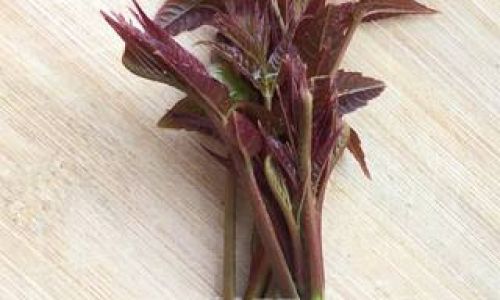
- Infuse the steaming process with additional flavors by placing aromatic herbs like mint, basil, or lemon verbena underneath the steaming basket.
- Alternatively, wrap the leaves in banana leaves or parchment paper before steaming to add an extra layer of flavor.
Conclusion
Steaming Chinese toon leaves is a simple yet rewarding culinary endeavor that brings out the best of this unique ingredient. By following the steps outlined in this guide, you can enjoy tender, aromatic, and nutritious xiangchun leaves that are perfect for a variety of dishes. Whether you’re serving them as a side, incorporating them into a main course, or simply enjoying them on their own, steaming Chinese toon leaves is a delightful way to explore the flavors of traditional Chinese cuisine. Happy steaming!
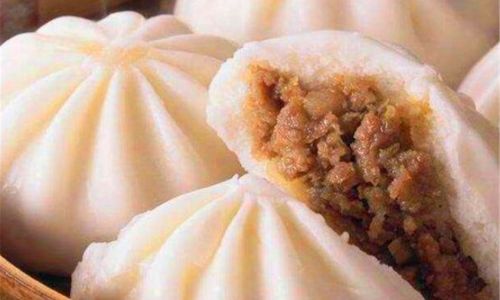
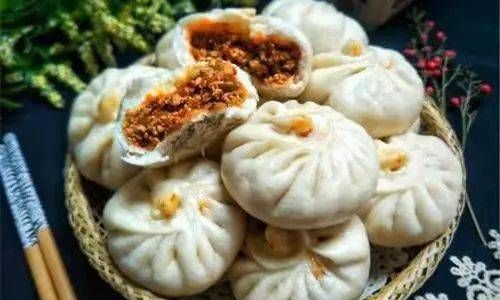
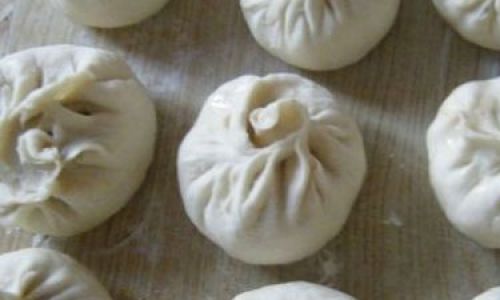
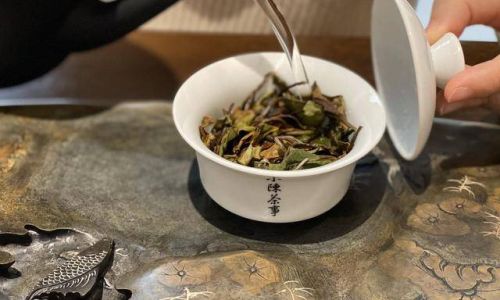
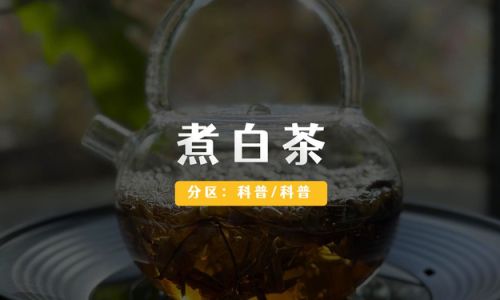
0 comments